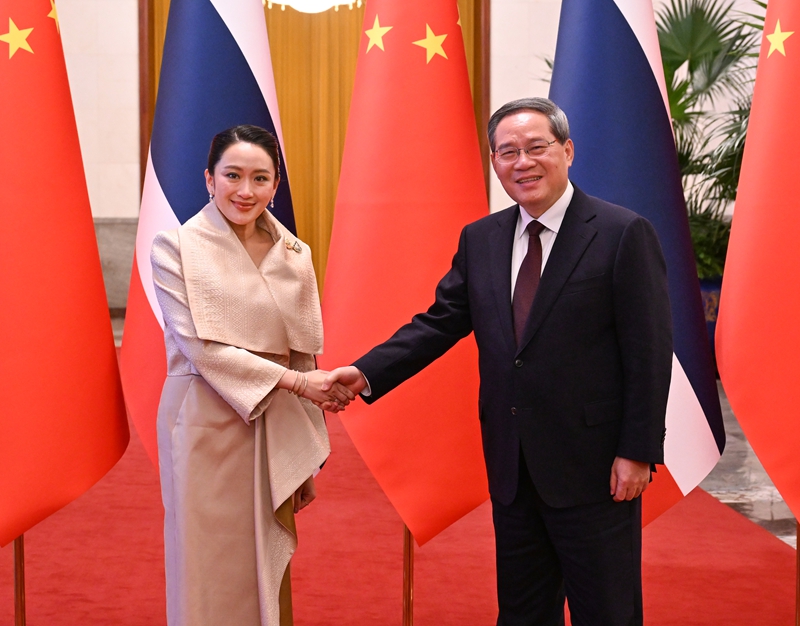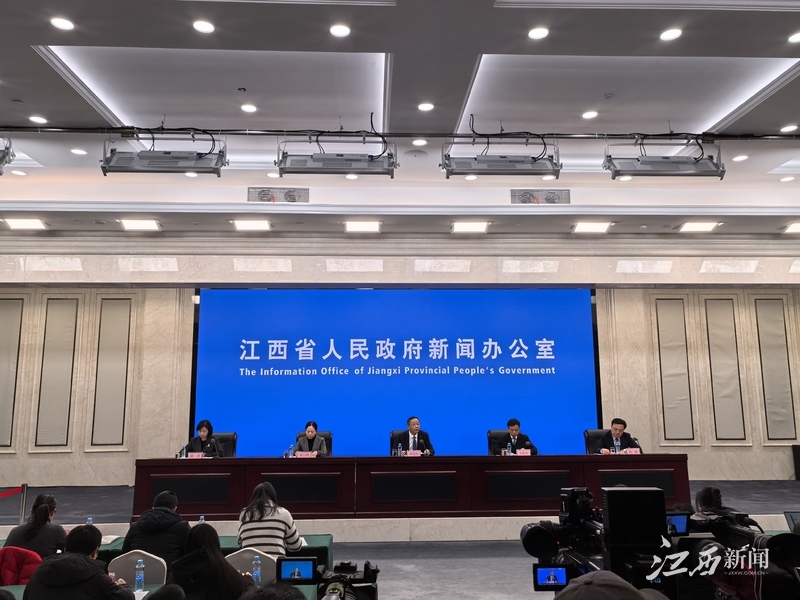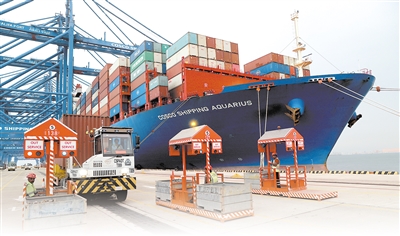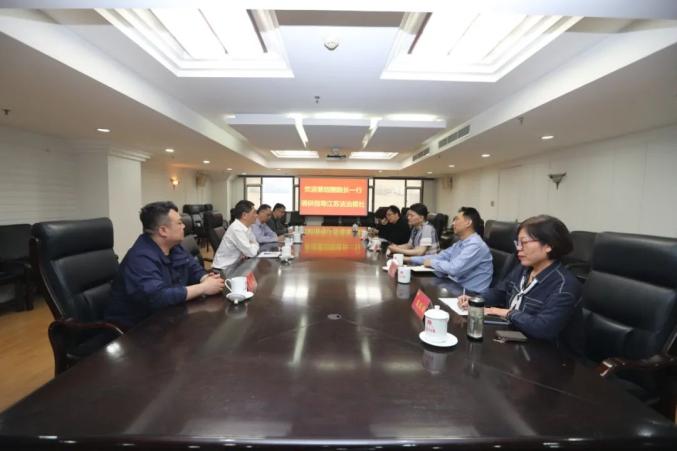Abusing Prisoners Of War, Assassination Of Living, And Anatomical Experiments: "Taiyuan Concentration Camp" Proves The Atrocities Of Japanese Troops
Abusing Prisoners Of War, Assassination Of Living, And Anatomical Experiments: "Taiyuan Concentration Camp" Proves The Atrocities Of Japanese Troops
Xinhua News Agency, Taiyuan, September 19 (Reporters Wang Feifei and Xu Xiong) In northern China, in the old city of Taiyuan, the capital of Shanxi Province, the ruins of the Japanese invaders in World War II "Taiyuan Engineering Team" hidden in the hustle and bustle of the city. The ruins consist of two rows of low old houses
Xinhua News Agency, Taiyuan, September 19 (Reporters Wang Feifei and Xu Xiong) In northern China, in the old city of Taiyuan, the capital of Shanxi Province, the ruins of the Japanese invaders in World War II "Taiyuan Engineering Team" hidden in the hustle and bustle of the city. The site consists of two rows of low old houses, and a stone tablet next to it reminds the tragedy on earth that once staged here.
"Around 1938, the Japanese army established a prisoner-of-war concentration camp in Taiyuan for the needs of invasion. In order to cover up people's eyes, it was claimed to be the "Taiyuan Engineering Team"." Zhang Nan, a researcher at the Party History Research Office of the Taiyuan Municipal Committee of the Communist Party of China (Taiyuan Local Chronicles Research Office), said that according to incomplete statistics, tens of thousands of Chinese prisoners of war and laborers were imprisoned here.
At the Taiyuan Archives, the reporter saw a photo at the entrance of the Taiyuan Engineering Team during the Anti-Japanese War. It can be seen in this photo published in the "Chinese Incident Pictorial" compiled by Japan that the detained personnel are working under surveillance.
"They (Japanese right-wing) have refused to recognize the massacre and plunder of the Chinese people." "The Japanese army's 'Taiyuan Concentration Camp' is an important physical evidence to harm the Chinese people." Liu Linsheng, as the son of Liu Wenxiao, a concentration camp survivor, wrote the book "Auschwitz in China: Documentary of the Japanese "Taiyuan Concentration Camp"" based on the autobiography, memoirs, oral narratives left by his surviving ancestors, and the information preserved and collected by their descendants, as well as the memoirs of the Japanese army.
As I entered the cell back then, the sunlight from the small windows on the wall and the roof skylight formed mottled light and shadow, but the interior was still gloomy.
"Most of the detainees were sent to Shanxi, Hebei, Northeast China and even Japan to work as laborers, and some were cruelly used by the Japanese army in Taiyuan for anatomical experiments and live assassination training, etc.," said Zhang Nan.
"Black noodles, fermented corn, and millet are the staple foods of prisoners of war... Two meals a day, millet and corn porridge in the morning, one bowl for each person, some rotten pickles, and in the afternoon, a steamed bun weighing more than three ounces, and half a bowl of salted vegetable soup... to maintain life forever." Survivor Xiao Ping once wrote an article to recall, "With the increase in prisoners of war, the steamed buns became smaller and smaller, the porridge became thinner, and the water and vegetables became fewer, and the hunger became increasingly serious." Xiao Ping once witnessed prisoners of war swallowing feces; although the wells were guarded and supervised, people continued to jump into the well to commit suicide.
The 9th volume of "Taiyuan Literary and Historical Materials" records that Oda Youzang, who was a staff member of the Japanese and puppet Shanxi Grain Commune at that time and was actually a staff member of the spy agency, also admitted that the Chinese prisoners of war lived a miserable life of "not being able to be sick and not being able to eat enough. He was also subjected to inhumane abuse and engaged in heavy physical labor every day. He died every day."
The Japanese army was inhumane to prisoners of war, and it was also reflected in the use of prisoners of war to conduct assassination training for living people.
Zhao Ameng, 70 years old this year, is a descendant of the survivor of the "Taiyuan Concentration Camp". His father Zhao Peixian joined the Red Army in January 1937 and was later captured during the breakout. "My father did not reveal his identity. After the Japanese army identified that he was not worth much, he tricked a group of them out of the city. When the Japanese army assassinated the "meat target" for training. With his excellent physical fitness, he broke free from the leggings tied up with him, avoided the bayonet, pushed down the Japanese recruits, and jumped from the Shahe River bed with a huge drop to escape." Zhao Ameng said.
After being arrested, Japanese war criminal Yuika Suoka Yoshiichi confessed that in order to train the courage of the new recruits on the battlefield, various Japanese troops asked the new recruits to practice assassination with living people. On July 26, 1942, a group of prisoners were tricked from the Taiyuan Engineering Team to the east of the racecourse outside the Xiaodongmen gate of Taiyuan for the Japanese army to conduct assassination training for living people. This assassination training was conducted in 4 batches, killing about 50 prisoners in one batch. In early August, more than 120 prisoners died tragically at the racecourse. Yuiichi Suzuoka admitted, "About 70 of them were killed directly by recruits from the machine gun team that I personally coached under my command."
Something outrageous is the anatomy experiment of living people. According to the book "Hangry Memories" written by the Japanese military doctor Yu Asano, who invaded China, in December 1942, Yu Asano was ordered to go to Taiyuan for military medical education and participated in a vital anatomy experiment in the "prison". After the Japanese soldiers shot four Chinese, "While the projectile removal surgery was performed, a group was performing amputation and tracheostomy of the limbs... It took about two hours to remove the projectile, but when the operation was completed, all four Chinese died of heavy bleeding."
Yu Asano recalled, "In December 1952, I was brought here as a war criminal...I was shocked. Ah, that surgery was performed in this prison."
Even in this cruel and harsh environment, the Chinese Communist Party members in the concentration camp still launched an indomitable struggle against the Japanese army through various means. They consciously formed a secret party branch to publicize the policy of the Communist Party of China's anti-Japanese national united front, unite captured people, and cover up and rescue Communists and captured soldiers and civilians.
After the founding of New China, in order to concentrate on interrogation and trial of Japanese war criminals, the former site of the Japanese "Taiyuan Engineering Team" became a war criminal management center for detaining Japanese war criminals.
After four years of rigorous and humane interrogation, in 1956, nine serious war criminals were publicly tried and sentenced to fixed-term imprisonment ranging from 8 to 20 years. The 120 Japanese war criminals who were in custody and had good performance in remorse were announced to be exempted from prosecution and were released and returned to China.
"We remember the history of the Taiyuan Concentration Camp, not to spread hatred, but to hope that people of all countries can understand that aggression and anti-aggression, just and injustice wars have obvious right and wrong. Only by learning from history can humanity take the path of the future." Liu Linsheng said.





